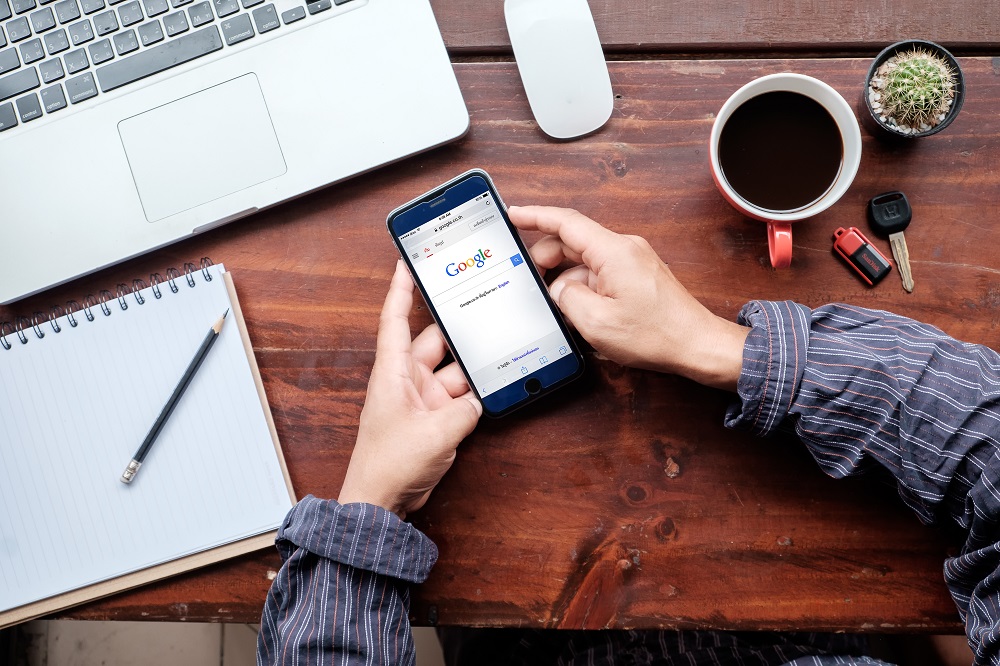The world’s first smartphone, called Simon Personal Communicator, was created in 1992 by IBM. Simon had touchscreen technology and, as well as making calls, could receive emails, faxes and pages. It also had a function for writing notes, an address book, a calendar and appointment schedule, and a world clock. Approximately 50,000 units were sold for $900 each.
Innovating Good Ideas
The Apple iPhone was launched in 2007 and was smarter, more affordable, compact and user-friendly than its predecessor. The first commercially successful smartphone was soon competing with other companies, including Samsung Huawei, Oppo, Xiaomi and Vivo.
The spur of competition has inspired rapid technological advances including voice control, enhanced security and user interface. However, many features of the smartphone were invented prior to the iPhone launch, including phone cameras, GPS, high-speed data modems, seamless roaming, touchscreens, SIM cards and fingerprint scanners. Apple managed to take these ideas and innovate them into the smartphone that we use today.
The continuing advances and new functions of the smartphone and data-heavy apps means that the latest version soon becomes old. This does not mean obsolete since keeping up with the latest model is often unnecessary for what the user needs.
Wear and Care

Looking after your smartphone is more than giving it a wipe with a microfiber cloth every once in a while.
Scratches to the screen increase the likelihood of the glass cracking when dropped. Smartphone screen repairs are often available at local tech stores and brand outlets––but if prevention is the better than cure, then buying a screen protector and protective case should be one of your first tasks.
Smartphones are not designed for extreme heat or cold, so keep them within a range of 32 to 95oF. If the phone is left in extreme temperatures it becomes slow and eventually shuts down which can damage the hardware and the battery.
Battery Charge
A major problem with keeping your smartphone in good operating order is that the life of the battery is shorter than the phone’s hardware. The average battery life is between 3-500 full charges, which, depending on how the smartphone is used, can mean it dies after 18 months.
So what are some tricks to extending its use? Apart from switching the power to Low Power Mode, turning down the volume or reducing screen brightness, most savings involve turning off unnecessary apps and roaming functions that drain the battery. Turn off Hey Siri or the other voice-activated assistance mechanisms in the other brands, and also the automatic backup systems like iCloud. Also, check for apps that automatically refresh themselves in the background and turn them off if they do not need automatic updates. Likewise, turn off automatic downloads. With emails, you can change the system so that emails are downloaded after a set time rather than instantly. In the iPhone, this involves changing the command from Push to Fetch when visiting Settings > Mail, Contacts, Calendars > Fetch New Data. Similarly, turn off notifications from apps unless necessary.
As well as saving battery power, you can also free up storage space by deleting old podcasts, apps not used for months and generally decluttering your screen. Photos and videos take up a lot of space so take time to go through your gallery and delete the second and third shot of the same event, and turn off the automatic saving of all photos posted on Whatsapp, Instagram and Facebook. Delete voicemail messages that are old or obsolete.
Technological advances and increased apps in smartphones are designed to make life easier and more convenient. They are not designed to increase stress by inundating the user with unnecessary options and the need to be near a charging station most of the day. Sometimes the cost of the latest version doesn’t justify the new benefits––so look after your existing model until the right one comes along.



